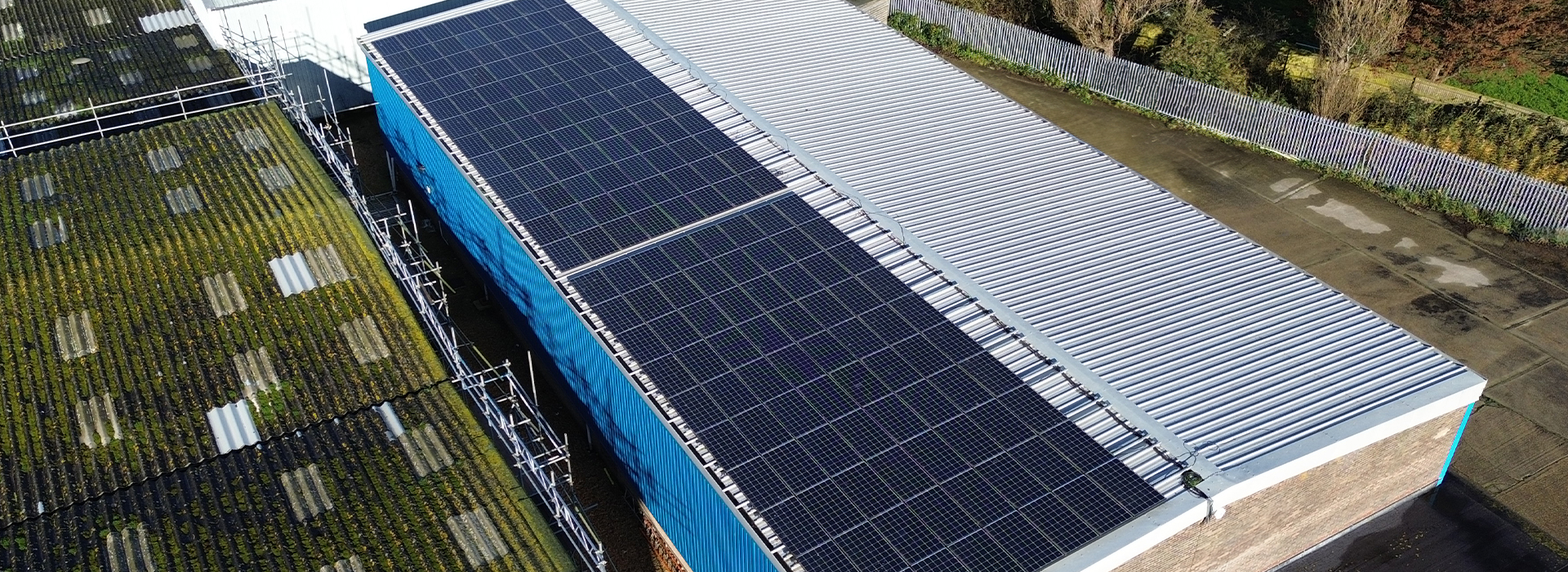In the UK, fall protection guardrails play a critical role in industrial and commercial property safety, helping prevent accidents at height. However, if these guardrails are untested or poorly maintained, they can become a liability rather than an asset, leading to serious accidents, structural damage, and costly legal ramifications. This article explores the risks associated with untested fall protection guardrails and outlines best practices for UK property managers to keep safety standards high.
Why Are Fall Protection Guardrails Essential for UK Industrial and Commercial Properties?
In industries where work at height is common, from roofing maintenance to construction, fall protection systems are vital. According to the Health and Safety Executive (HSE), falls from height remain one of the leading causes of workplace fatalities in the UK. Guardrails act as barriers that prevent workers from falling off roofs, mezzanine floors, and other elevated platforms. But without regular testing and maintenance, these systems can fail at a critical moment, exposing workers to severe risks and employers to heavy fines.
The Hidden Risks of Untested Guardrails
Here’s what can happen when fall protection guardrails go untested:
Increased Risk of Workplace Accidents and Fatalities Guardrails are often the first line of defense against falls. If they’re not tested regularly, they may become loose, corroded, or weakened, and in an emergency, they could fail to bear the weight of a person. In the UK, employers are legally obligated to ensure all safety systems are up to standard, and failing to do so can lead to fatalities and serious injuries, which could have been prevented.
Legal and Financial Consequences Under the Health and Safety at Work Act, UK employers must provide safe working conditions, including effective fall protection. If an accident occurs due to an untested or faulty guardrail, employers may face legal action, penalties from the HSE, and compensation claims. Additionally, failing to comply with UK safety standards, like the Work at Height Regulations 2005, can result in fines reaching tens of thousands of pounds.
Increased Insurance Premiums and Financial Losses When safety standards are not met, the cost of insurance for industrial and commercial properties can increase significantly. Insurance providers often view untested or outdated safety systems as high-risk, leading to higher premiums. In the event of a claim following an accident, the insurer may refuse coverage if proper safety standards were not maintained.
Reputational Damage In a tightly regulated country like the UK, maintaining a safe environment is essential for a company’s reputation. News of an avoidable accident can damage public trust and impact the company’s image, potentially leading to a loss of business or difficulties in hiring skilled employees. Regular guardrail testing and certification reassure employees and the public that safety is a priority.
Structural Damage and Higher Repair Costs Untested guardrails can damage the surrounding structure, especially when exposed to harsh weather conditions typical in the UK. For example, corrosion from rain and wind can weaken the attachment points of guardrails, leading to structural damage that often requires costly repairs.
Best Practices for Fall Protection Guardrail Maintenance in the UK
To mitigate these risks, property managers and safety officers in the UK should consider implementing these best practices:
Schedule Regular Inspections and Testing Conducting routine checks on guardrails can help identify early signs of wear and tear. HSE recommends that fall protection equipment undergoes periodic inspection by a competent person, typically every 6 to 12 months, or more frequently in areas exposed to extreme weather.
Partner with Certified Safety Inspectors The UK has strict standards for safety equipment; partnering with certified professionals ensures that all testing and inspection procedures comply with HSE and British Standard (BS EN 13374) requirements. Hiring a professional can provide insights into maintenance needs specific to each site.
Use Weather-Resistant Materials Industrial and commercial guardrails are exposed to the UK’s variable climate, from heavy rain to high winds. Weather-resistant materials, such as galvanized steel or powder-coated metals, are ideal for longer-lasting protection, reducing the need for frequent replacements.
Ensure Comprehensive Documentation Maintain records of all inspections, tests, and repairs. In the event of an HSE audit or investigation, thorough documentation can demonstrate compliance with safety standards and serve as evidence in case of an accident claim.
Provide Worker Training and Updates on Safety Protocols Regular safety training for employees working at height ensures they understand the importance of guardrails and can report any visible issues. Safety awareness can be a powerful tool in maintaining a safer work environment.
Understanding the Long-Term Benefits of Regular Testing and Maintenance
The cost of routine testing and maintenance is far less than the potential consequences of an accident due to untested guardrails. By investing in regular upkeep, UK property managers can:
Reduce Downtime: In the event of an accident, HSE investigations and repairs can result in significant operational delays. Proactive maintenance minimises these risks.
Avoid Unnecessary Costs: Regular testing can extend the life of guardrails, delaying expensive replacements or extensive repairs.
Promote a Culture of Safety: Employees feel more secure and are often more productive when they know their workplace is safe. This can improve morale, reduce turnover, and foster a positive workplace culture.
Conclusion
Untested fall protection guardrails pose serious risks to industrial and commercial properties across the UK, from physical injuries and fatalities to financial and reputational damages. Regular testing, maintenance, and documentation are essential steps for property owners to ensure safety compliance, protect their workforce, and maintain operational integrity.
By taking proactive measures, property managers can safeguard lives, reduce liability, and uphold a commitment to safety, aligning with the UK’s rigorous workplace safety standards. Investing in regular maintenance today can prevent devastating accidents tomorrow—making it an essential part of every industrial and commercial property owner’s safety strategy.



